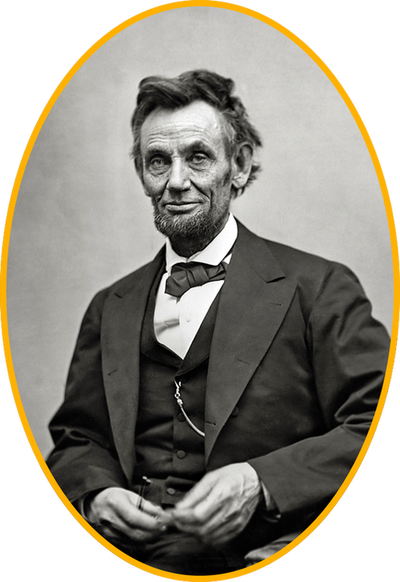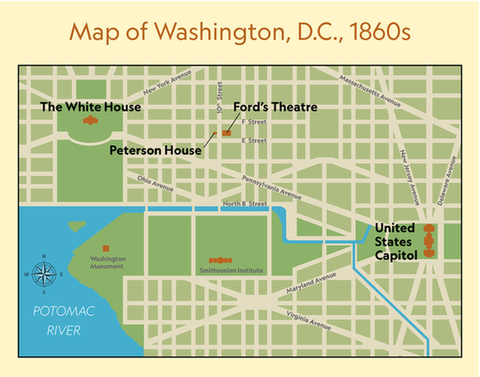OnthenightofApril14,1865,PresidentAbrahamLincolnwenttoFord’sTheatre.HeandMrs.Lincolnsatinaspecialboxabovethestage.Duringtheplay,amanenteredthebox.HewasafamousactornamedJohnWilkesBooth.BoothwasupsetoverhowtheCivilWarhadended.HeblamedLincoln—andshot him!
Boothleapedontothestage.Onthewaydown,hisbootcaughttheedgeofaflag.Hestumbled,breakinghisleg.Still,hewasabletoflee.Hejumpedonhiswaitinghorse outside.
Manyoftheartifacts,orobjects,fromthatnighthavebeenpreserved.Theyhelptolinkustoour past.
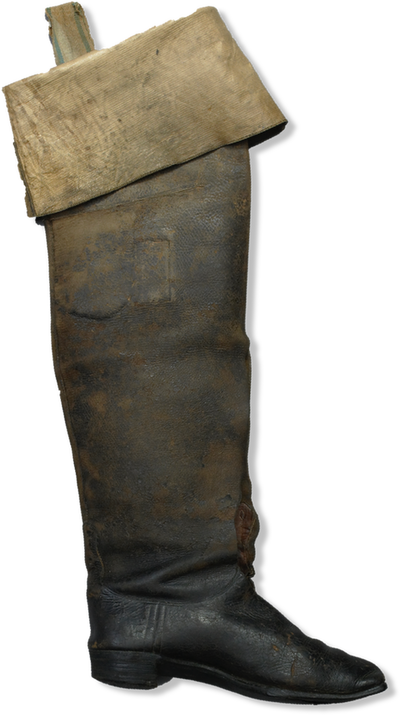
oneofthebootsJohn Wilkes Booth wore
PreparingforImportantGuests
TheflagthatBoothcaughthisfootonisonesuchitem.ThepresidentandfirstladywereimportantguestsforFord’sTheatre.Flagswereputuparoundthepresidentialbox.Fourof the flagsweretheAmericanflagsoftheday.Thefifthflaghadahand‑paintedeagleonbluesilk.AsBoothfell,hisboottoretheedgeofthatflag.Thetearremains today.
TheflagiskeptattheNationalParkService’sMuseumResourcesCenterinMaryland.Itisoneofmorethansixmillionartifacts.Allhavehistoricmeaning.AllcomefromplacesinandaroundWashington, D.C.
Therearesomanyartifacts,fewcanbeshown.Somearetoofragile.Others,toolarge.Artifactsthatcannotbedisplayedare stored.
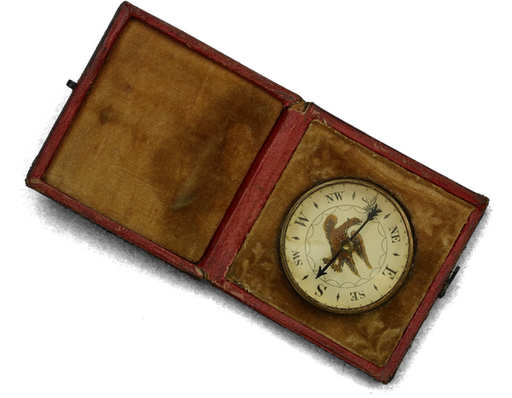
Boothcarriedthiscompass duringhis escape.
Ford'sTheatre
Ford’sTheatreopenedinAugust1863.AfterLincoln'sdeath,thetheaterwasclosed.In1968,itwasrenovatedandreopened.Butthepresidentialboxisnever occupied.
TheFord’sTheatreMuseumhasmanyitemsrelatedtothenightLincolnwasshot.TheseincludethepistolBoothused,Booth’sdiary,andThomasPowell’stoothbrush.Who? What?
That’sright!ThomasPowellwasaConfederatesoldier.HeplottedwithBoothtoharmthe president.
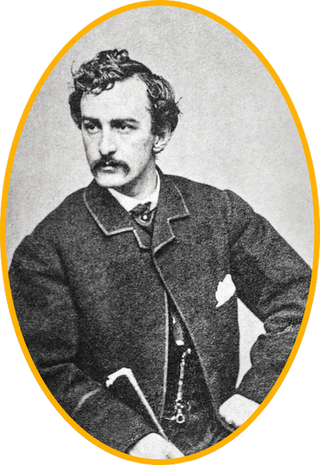
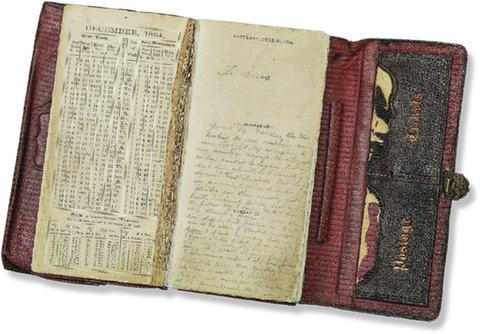
Booth'sdiaryistheonlyrecordofhispersonalthoughtsafterthe assassination.
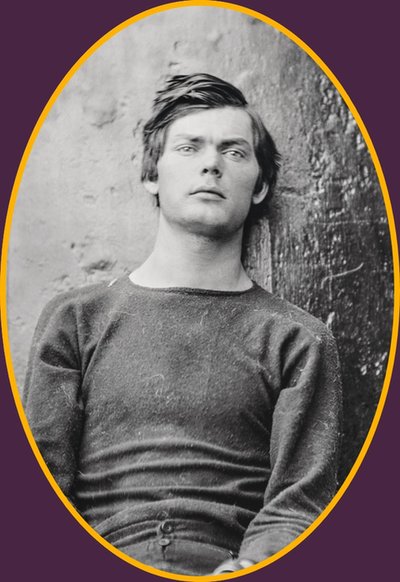

Powellhadhistoothbrushwithhimwhenhewas arrested.
Atoothbrushmightseemlikeastrangeartifactforamuseum.Yet,ordinaryobjectscantakeongreatmeaning.Especiallywhentheyareconnectedtoaninfamousperson.Inthiscase,thetoothbrushwasusedasevidenceagainstPowellduringhistrial.Healwayshadhistoothbrushwithhim.Awitnessidentifiedhimbecauseofthat toothbrush!
MapofWashington,D.C.,1860s
TheWhite House
Peterson House
Ford's Theatre
UnitedStatesCapitol
Smithsonian Institute
Washington
Monument
POTOMAC RIVER
